High butterfat and protein levels continued to boost income from milk sales on Kevin McGrade’s farm near Dromore, Co Tyrone, last year. Over the 12-month period, cows averaged 6,653 litres at 4.72% butterfat, 3.64% protein, 81 SCC and 6 TBC.
Although milk pricing is still based mainly on volume in Northern Ireland, adjustments for milk quality stood at £28,499 for Kevin’s farm business in 2017. This was worth an additional 2.93p/l above base price for all milk produced last year.
The compact autumn-calving profile on the farm also allowed Kevin to maximise revenue from Lakeland’s 3p/l winter bonus in November and December. A total of 235,268 litres were supplied during this two-month period which allowed a total winter bonus payment of £7,058.
Total milk output increased by 22% year-on-year to 971,369 litres following a 9.4% increase in yield per cow and an 11.5% increase in cow numbers. Improved milk prices during 2017 saw the average milk price paid to Kevin increase by 8.5p/l year-on-year to 32.6p/l and total income from milk sales stood at £316,254 last year.
On the cost side, the largest single farm working expense is concentrates, with 1,527kg/cow fed in in-parlour and out-of-parlour feeders last year. This equates to a feed rate of 0.23kg/litre and a milk from forage rate of 3,260 litres/cow.

Soil fertility
Fertiliser and lime cost £24,701 last year, with compound fertiliser and lime continuing to be targeted at paddocks with low potash, potassium and pH levels from soil analysis results.
There were also 60 acres reseeded last year, with associated costs included in the farm working expenses.
Slurry and most of the silage work is carried out by contractors and the machinery costs outlined in Figure 1 include maintenance and running costs. A range of lesser costs are encompassed into “other costs” in Figure 1 and include items such as electricity, insurance, professional fees and sundry costs.
Capital investment on farm during 2017 totalled £75,653 and includes drainage and fencing work. Kevin also changed his telehandler, tractor and grass tedder and 12 heifers and eight additional cows were purchased to increase cow numbers and stocking rate. Most of the capital expenditure was funded from cashflow in 2017, although a proportion was funded through hire purchase.
Total receipts from milk and stock sales, but excluding CAP payments, stood at £350,106 on Kevin’s farm last year. With farm working expenses totalling £246,403 and personal drawings of £30,000 assumed for all Dairylink Ireland participants, there was £73,703 available in the business last year for loan repayments, taxation, capital expenditure and additional personal drawings.

What’s next for Kevin McGrade?
To stretch fodder supplies at the end of last year we purchased some additional silage and fed extra concentrates at around 2kg/cow/day from October to December, meaning meal fed per cow was up by 11.8% in 2017.
Cost of production last year stood at 27.0p/l, excluding drawings and capital investments from cashflow. The focus on this farm will continue to be to keep production costs down by producing as much milk as possible from grazed grass.
This is easier said than done, particularly as we farm in a high rainfall area with heavy soils. Early housing and difficulties in making late silage due to bad weather last autumn meant the additional concentrate feeding alone cost over 0.4p/l over the course of the year.
Breeding
We have been selecting sires for butterfat and protein for the last 10 years and this has continued to push up milk components. The focus on grazing also helps milk protein levels. Sires are also selected with high EBIs for fertility and health and the current breeding policy will remain.
Producing high-quality silage is central to our system so that we can produce milk during winter months while controlling concentrate costs. We are still focused on addressing soil fertility and soil samples were taken across the whole farm last month to give an up to date picture of where compound fertilisers and lime are needed this year.
Stocking rate has been pushed up in recent years, but the current rate of 2.14 CE/ha is probably as high as we would like to go given the land type and rainfall. Any potential increase in milk output in the future will come from increasing cow numbers by offloading more heifers to a contract-rearer or increasing the area farmed.
High butterfat and protein levels continued to boost income from milk sales on Kevin McGrade’s farm near Dromore, Co Tyrone, last year. Over the 12-month period, cows averaged 6,653 litres at 4.72% butterfat, 3.64% protein, 81 SCC and 6 TBC.
Although milk pricing is still based mainly on volume in Northern Ireland, adjustments for milk quality stood at £28,499 for Kevin’s farm business in 2017. This was worth an additional 2.93p/l above base price for all milk produced last year.
The compact autumn-calving profile on the farm also allowed Kevin to maximise revenue from Lakeland’s 3p/l winter bonus in November and December. A total of 235,268 litres were supplied during this two-month period which allowed a total winter bonus payment of £7,058.
Total milk output increased by 22% year-on-year to 971,369 litres following a 9.4% increase in yield per cow and an 11.5% increase in cow numbers. Improved milk prices during 2017 saw the average milk price paid to Kevin increase by 8.5p/l year-on-year to 32.6p/l and total income from milk sales stood at £316,254 last year.
On the cost side, the largest single farm working expense is concentrates, with 1,527kg/cow fed in in-parlour and out-of-parlour feeders last year. This equates to a feed rate of 0.23kg/litre and a milk from forage rate of 3,260 litres/cow.

Soil fertility
Fertiliser and lime cost £24,701 last year, with compound fertiliser and lime continuing to be targeted at paddocks with low potash, potassium and pH levels from soil analysis results.
There were also 60 acres reseeded last year, with associated costs included in the farm working expenses.
Slurry and most of the silage work is carried out by contractors and the machinery costs outlined in Figure 1 include maintenance and running costs. A range of lesser costs are encompassed into “other costs” in Figure 1 and include items such as electricity, insurance, professional fees and sundry costs.
Capital investment on farm during 2017 totalled £75,653 and includes drainage and fencing work. Kevin also changed his telehandler, tractor and grass tedder and 12 heifers and eight additional cows were purchased to increase cow numbers and stocking rate. Most of the capital expenditure was funded from cashflow in 2017, although a proportion was funded through hire purchase.
Total receipts from milk and stock sales, but excluding CAP payments, stood at £350,106 on Kevin’s farm last year. With farm working expenses totalling £246,403 and personal drawings of £30,000 assumed for all Dairylink Ireland participants, there was £73,703 available in the business last year for loan repayments, taxation, capital expenditure and additional personal drawings.

What’s next for Kevin McGrade?
To stretch fodder supplies at the end of last year we purchased some additional silage and fed extra concentrates at around 2kg/cow/day from October to December, meaning meal fed per cow was up by 11.8% in 2017.
Cost of production last year stood at 27.0p/l, excluding drawings and capital investments from cashflow. The focus on this farm will continue to be to keep production costs down by producing as much milk as possible from grazed grass.
This is easier said than done, particularly as we farm in a high rainfall area with heavy soils. Early housing and difficulties in making late silage due to bad weather last autumn meant the additional concentrate feeding alone cost over 0.4p/l over the course of the year.
Breeding
We have been selecting sires for butterfat and protein for the last 10 years and this has continued to push up milk components. The focus on grazing also helps milk protein levels. Sires are also selected with high EBIs for fertility and health and the current breeding policy will remain.
Producing high-quality silage is central to our system so that we can produce milk during winter months while controlling concentrate costs. We are still focused on addressing soil fertility and soil samples were taken across the whole farm last month to give an up to date picture of where compound fertilisers and lime are needed this year.
Stocking rate has been pushed up in recent years, but the current rate of 2.14 CE/ha is probably as high as we would like to go given the land type and rainfall. Any potential increase in milk output in the future will come from increasing cow numbers by offloading more heifers to a contract-rearer or increasing the area farmed.








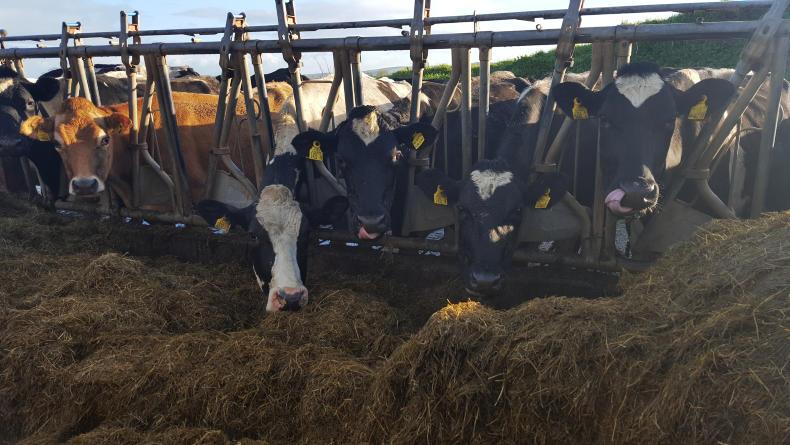
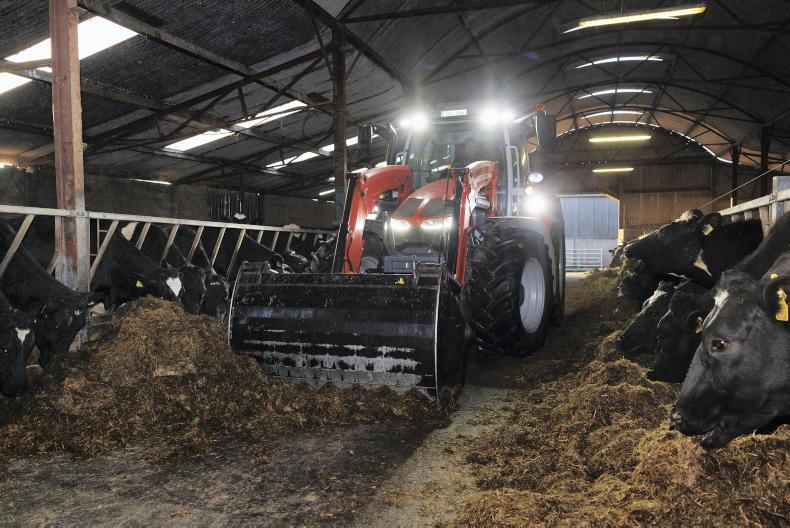
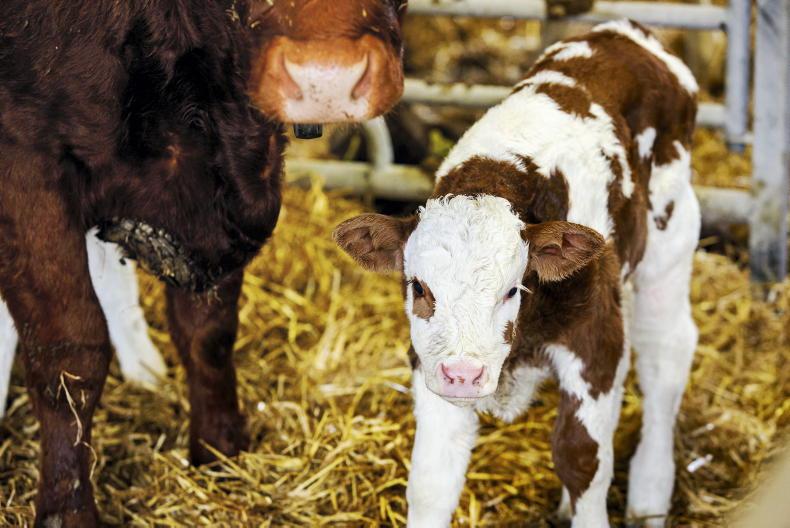
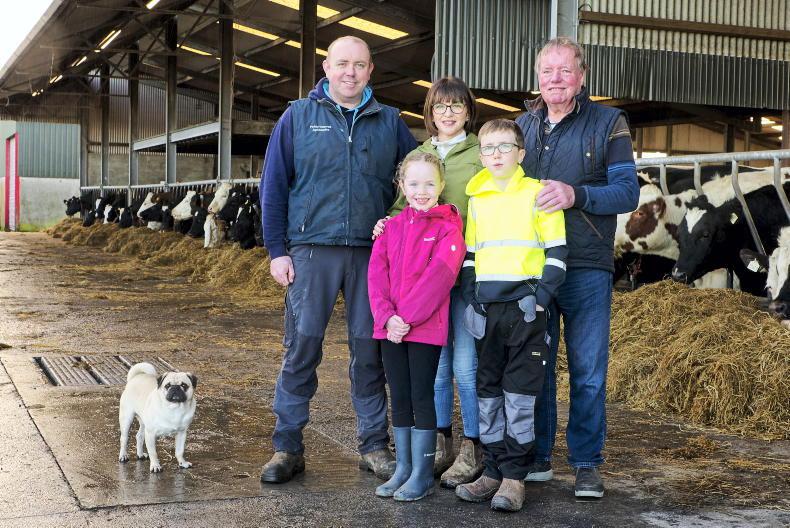
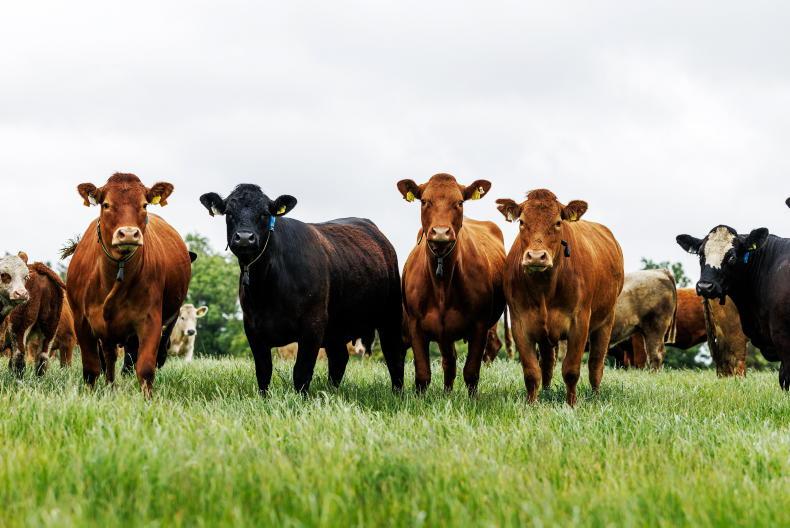
SHARING OPTIONS